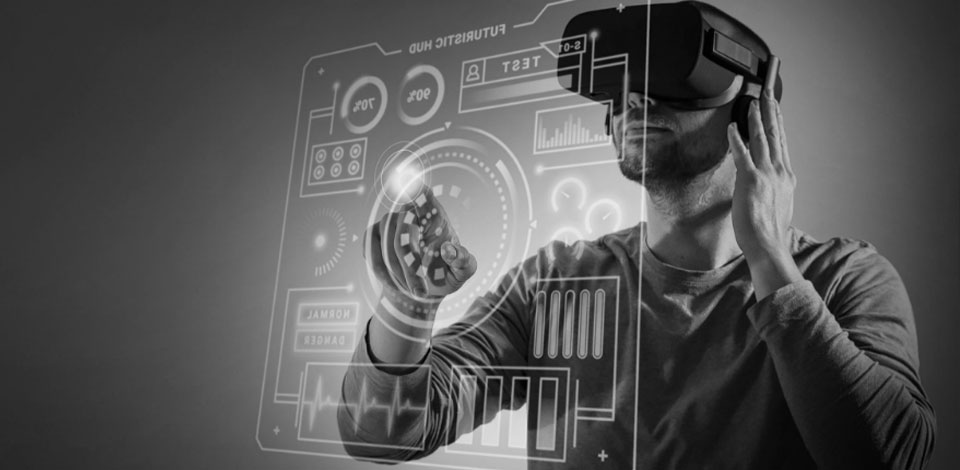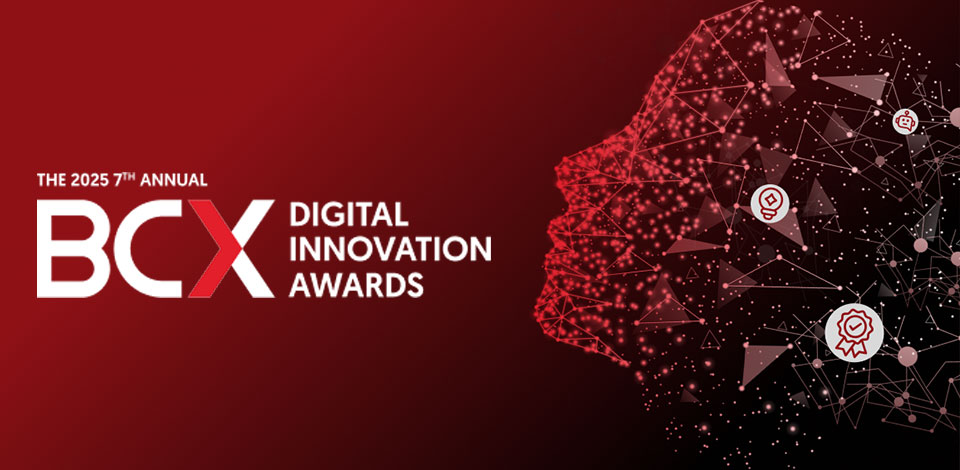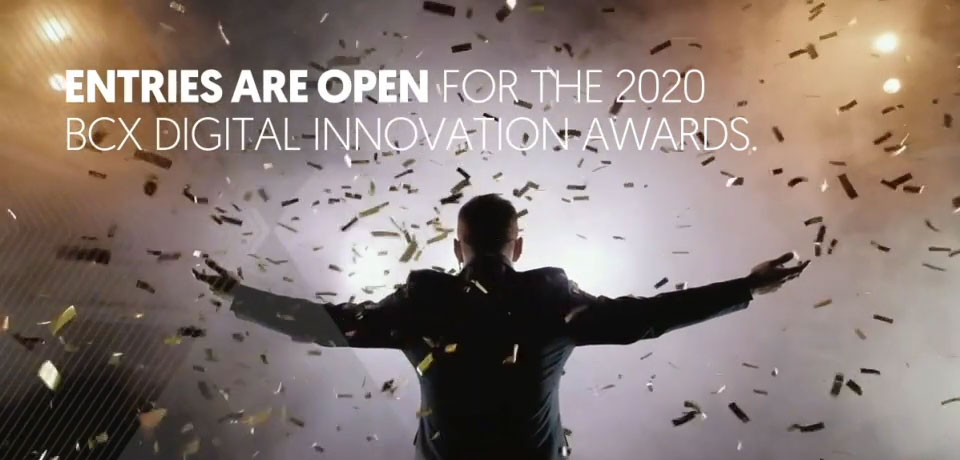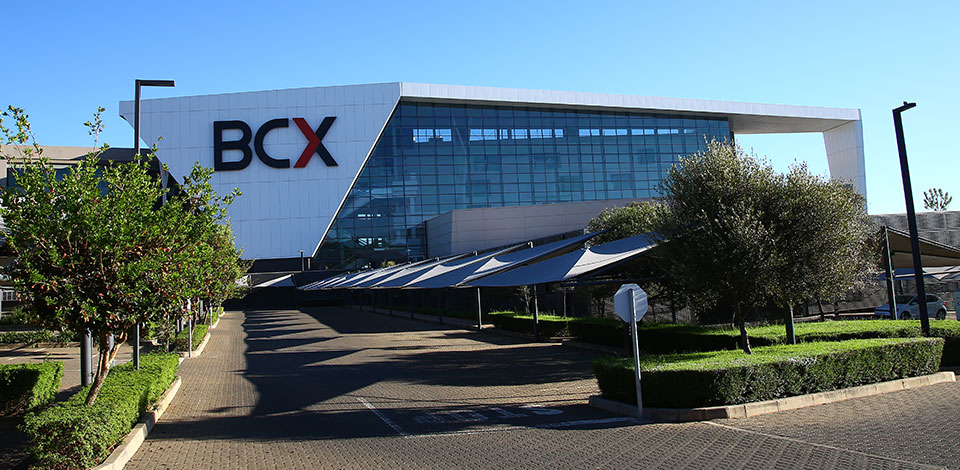This is
WOMEN IN TECH
People-focused digitisation
The digital revolution is beginning to focus on the human resources (HR), or people, aspect of an enterprise.
We can see it happening across industries – technology investments are moving towards the people side of the equation, with digital channels being developed that enable the business to interact with the customer more easily and effectively. On the other side of the coin, from an organisational standpoint, employees need to have access to the same sort of digital experiences the customers are having. After all, if your employees are not having the same sort of experience as your customers, you will soon see it reflected in an increasing number of customer service issues.
The need to digitise the employees’ side of the business is growing exponentially, particularly as the workforce begins to transition into the Millennial generation. These are people who have grown up with technology, who all use the various social media platforms extensively and who do not want to work in an organisation where they are expected to use archaic technologies.
When it comes to adding digital HR solutions to a business, the vast number of cloud solutions available today means that instead of utilising a single monolithic system, which would need to meet all the varied HR requirements of a business, organisations now have multiple options.
In a world where the millennials are demanding flexibility and differentiation in how the organisation they work for connects with them, the cloud enables these businesses to choose multiple best-of-breed solutions relating to different aspects of the HR portfolio – such as a cloud payroll solution – all at a reasonable cost.
Where the traditional HR approach tends to be manual in terms of both operation and processes, cloud-based solutions offer cost savings and efficiencies through automation and the digitising of previously paper-based systems. Moreover, it reduces delivery turnaround time and allows the enterprise to position itself as an employer of choice, enabling it to attract the right people and skills, particularly from the younger end of the market.
Traditional HR and payroll environments are not the typically chosen by newcomers, simply because it is a field that doesn’t have the same levels of appeal as many other areas of the business. HR is often seen as not being ‘sexy’ enough by the younger generations, which have new mindsets and approaches to technology, as well as different skills sets. This is why the digitisation of this part of the business is vital – it’s making it exciting again.
While work still needs to be done to attract more youth into this environment, digital transformation is creating a platform whereby those in the HR space are able to leverage new technologies, create more interaction between employee and enterprise and ultimately be genuinely disruptive in their approach to things. This, more than anything, should play a significant role in attracting younger people into this new, digital HR environment.
Related Posts
Explore our articles about the initiative and be inspired by stories from women who are role models in the ICT sector and beyond.










